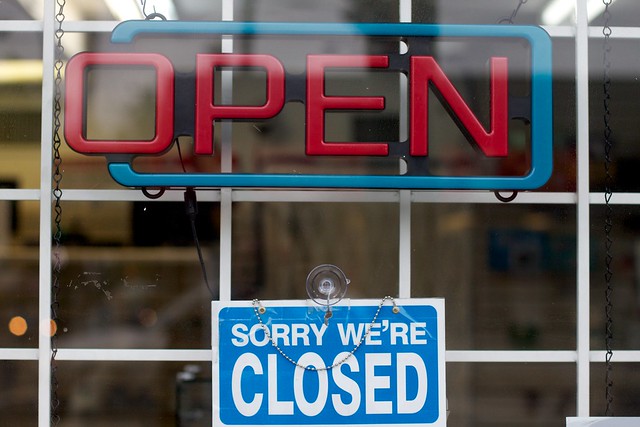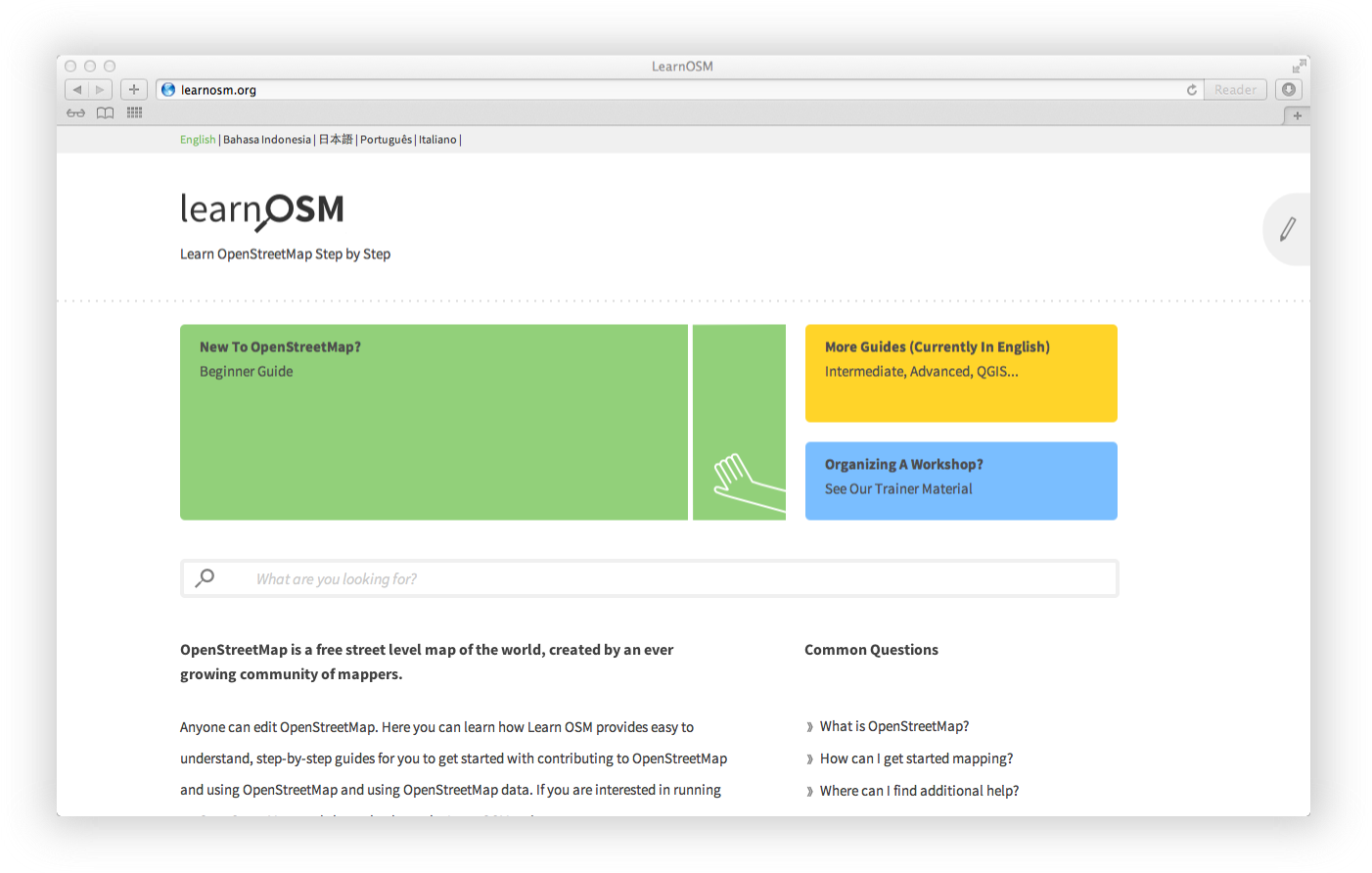OpenStreetMap Isn't All That Open, Let's Change That and Drop Share-Alike
Posted by lxbarth on 13 March 2014 in English.OpenStreetMap is published under a share-alike license, the so called Open Database License (ODbL). The license says that if raw OpenStreetMap data is mingled with raw third party data, and the result is used publicly, you are required to release the result under the same ODbL. This is, in short, the share-alike principle under which OpenStreetMap data is available today - under certain circumstances, it extends the license of OpenStreetMap data to data sets it’s mixed into.
Sounds like a great idea at first, right? You’re promoting the idea of opening data by making sure anyone who uses your data opens their data too. Well, there’s a big gotcha: we wind up more often with OpenStreetMap not being used rather than with previously closed data opened up. This in turn hurts the project which thrives on increased adoption.

Photo: Alan Levine













